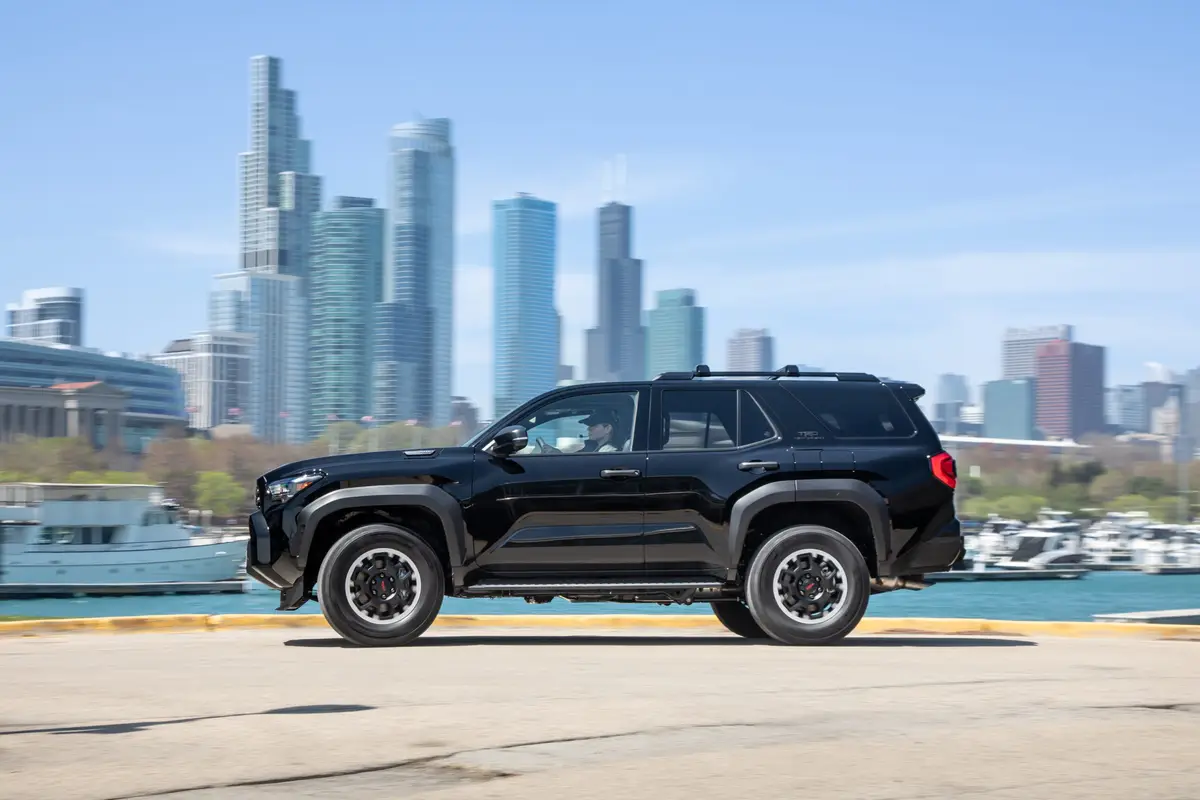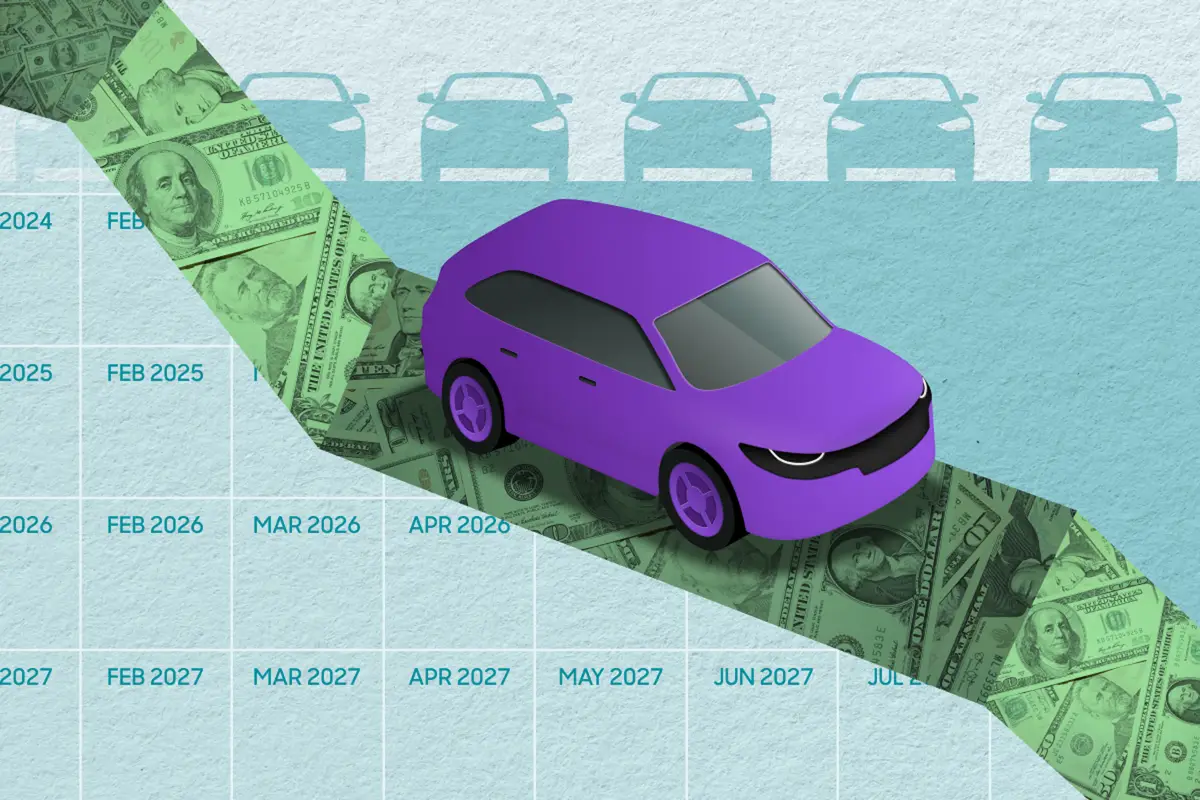Long-Term 2025 Toyota 4Runner Update: How Efficient Is the Hybrid After 5,000 Miles?


When we bought a hybrid 2025 Toyota 4Runner TRD Off-Road Premium, we were intrigued by the prospect of … well, maybe not good gas mileage, but at least adequate fuel economy. If you’ve ever owned a 4Runner (I miss my 1997 Limited every day), you know that a fuel-efficient one is something of an alien concept. The all-new 2025 4Runner hybrid is EPA-rated at 23 mpg combined. How has ours performed after our first 5,000 miles of driving?
Related: More Long-Term Toyota 4Runner News
How Efficient Is the 4Runner Hybrid?
- Average calculated fuel economy: 21 mpg
- Average speed per tank: 38 mph
- Miles driven: 5,320
- Gallons of gas pumped: 253
- Total cost of fuel: $855.75
On one hand, 21 mpg from a 4Runner is excellent, relatively speaking; on the other hand, our 4Runner is a hybrid, and we were expecting closer to the EPA-estimated 23 mpg. If you’ve been following our ownership story so far, you know that a key aerodynamic piece, the front air dam, had issues staying attached. Could that have contributed? Possibly, but it’s worth noting that our second most efficient fill-up thus far — following a highway drive from Flint, Mich., to Evanston, Ill. — registered 24 mpg without the air dam attached at all. Our most efficient tank to date, at 24.7 mpg, included part of the reverse of that drive with the air dam.
The lesson here seems to be less that the air dam matters and more that the 4Runner hybrid may get closer to its 24 mpg highway EPA rating than its combined rating. In looking at our fuel-economy log, higher average speeds have tended to produce more efficient trips, though there appears to be a sweet spot at an average speed of 45 mph. Above or below that, our mileage has taken a hit.
How Did Our 5,000-Mile Service Go?
Scheduling an appointment at a nearby dealership was easy using the Toyota app, and the service itself didn’t take very long — roughly an hour and a half for a tire rotation and multipoint inspection, all at no cost to us. For our 10,000-mile scheduled service, we’ll get another tire rotation as well as an oil and filter change, per the manufacturer recommendation.
More Toyota 4Runner News From Cars.com:
- We Bought a 2025 Toyota 4Runner Hybrid, And It Wasn’t That Hard
- Is the 2025 Toyota 4Runner Good for Families?
- Leaky Moonroof, Broken Front Air Dam Send Our Long-Term 2025 Toyota 4Runner in for Service
- What Makes Our 2025 Toyota 4Runner TRD Off-Road Premium … Well, Premium?
- Shop for a 2025 Toyota 4Runner Near You
What’s Next?
Stay tuned to see how we replaced our 4Runner’s front air dam after purchasing a replacement, how it performs off-road, additional mileage updates, and deeper dives into its tech and features. We’ll also document if anything else should break.
Related Video:
Cars.com’s Editorial department is your source for automotive news and reviews. In line with Cars.com’s long-standing ethics policy, editors and reviewers don’t accept gifts or free trips from automakers. The Editorial department is independent of Cars.com’s advertising, sales and sponsored content departments.

Road Test Editor Brian Normile joined the automotive industry and Cars.com in 2013, and he became part of the Editorial staff in 2014. Brian spent his childhood devouring every car magazine he got his hands on — not literally, eventually — and now reviews and tests vehicles to help consumers make informed choices. Someday, Brian hopes to learn what to do with his hands when he’s reviewing a car on camera. He would daily-drive an Alfa Romeo 4C if he could.
Featured stories

15-Year Car Loans Aren’t a Thing, But Americans Are Getting More Comfortable With Long Loan Terms

2025 Kia Telluride Review: Rougher Roads Ahead



